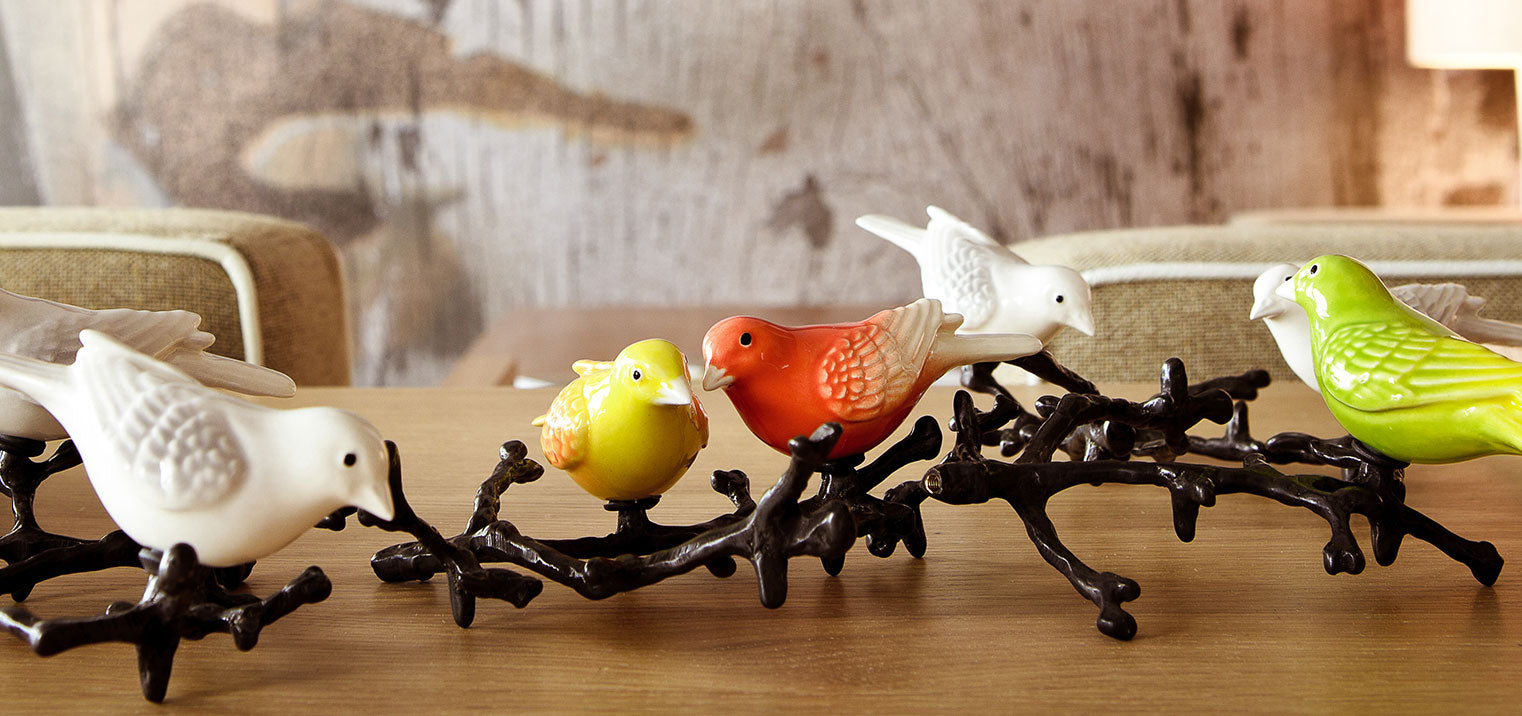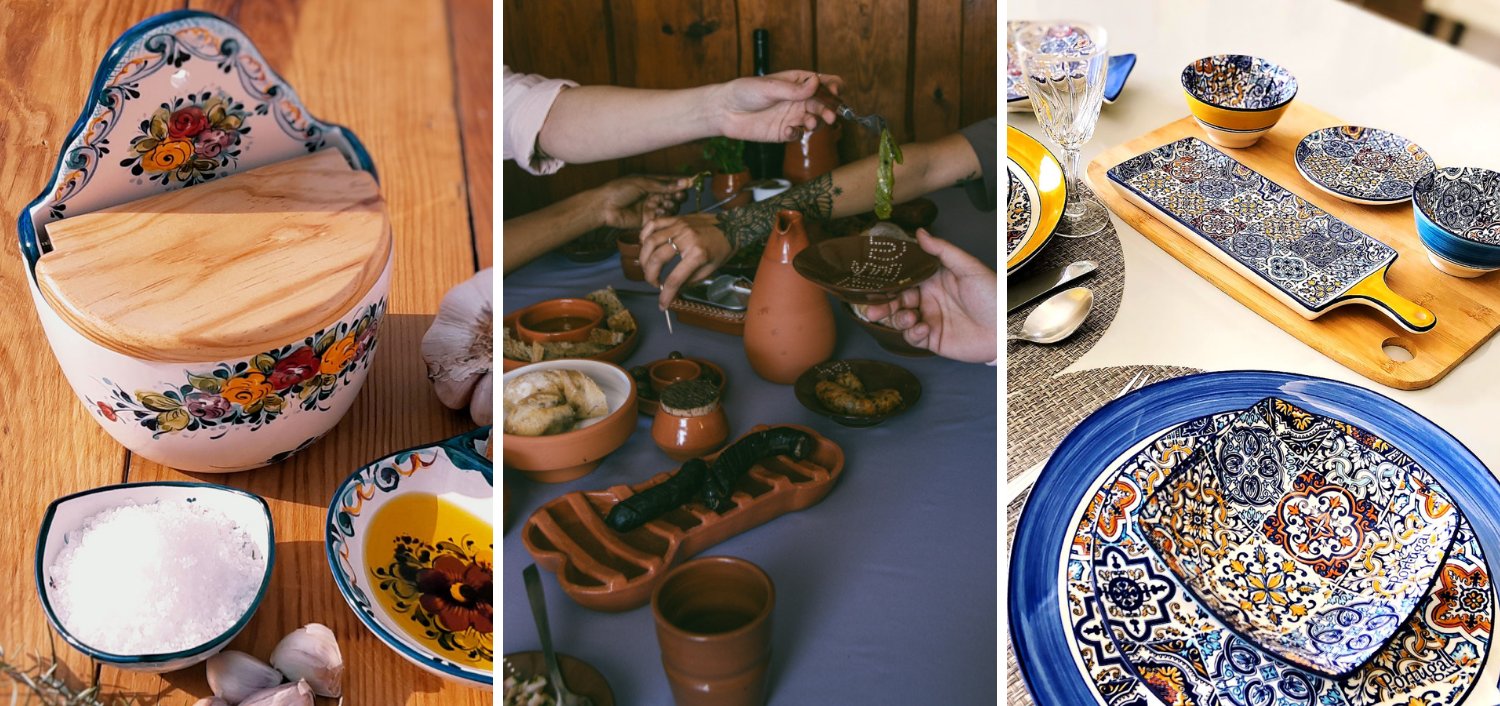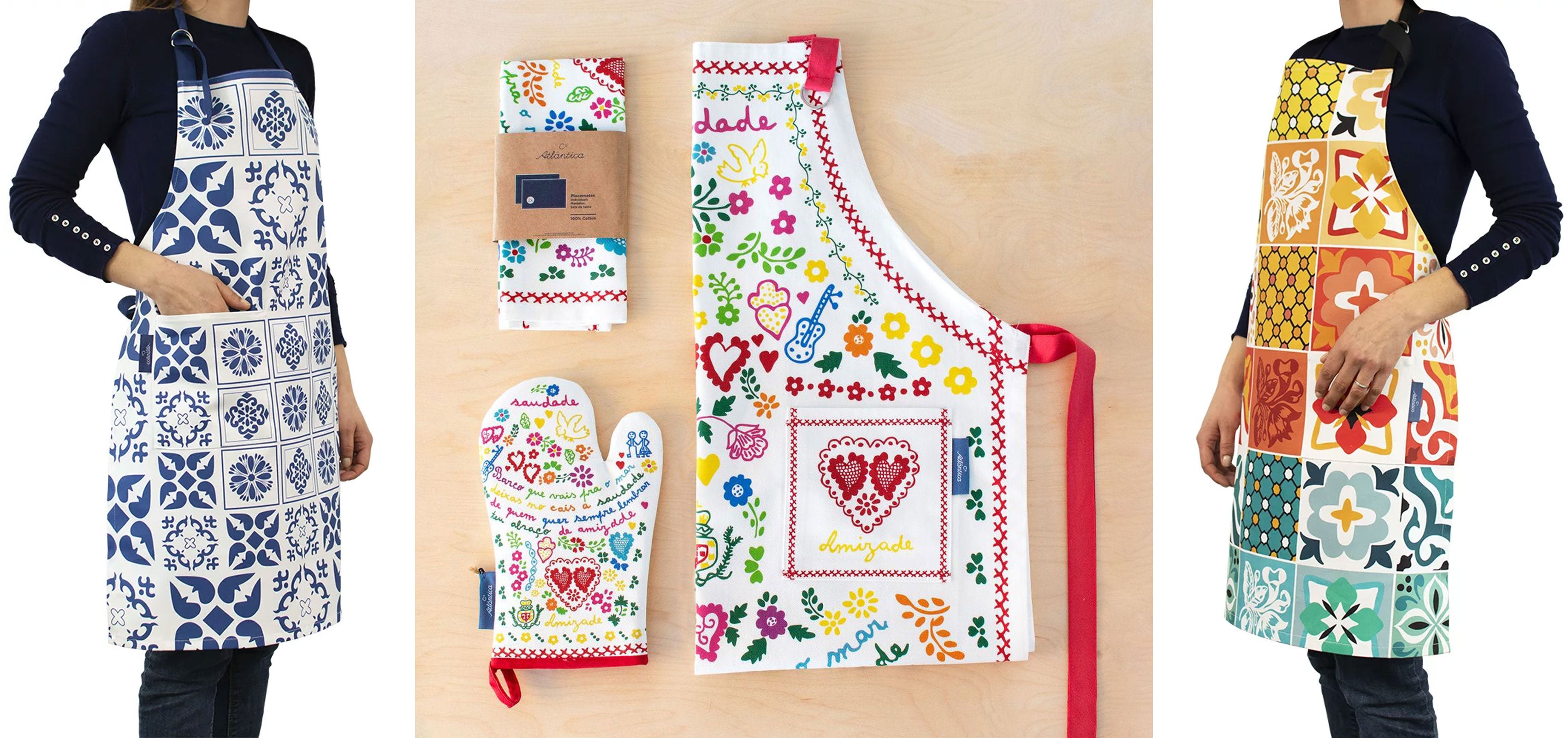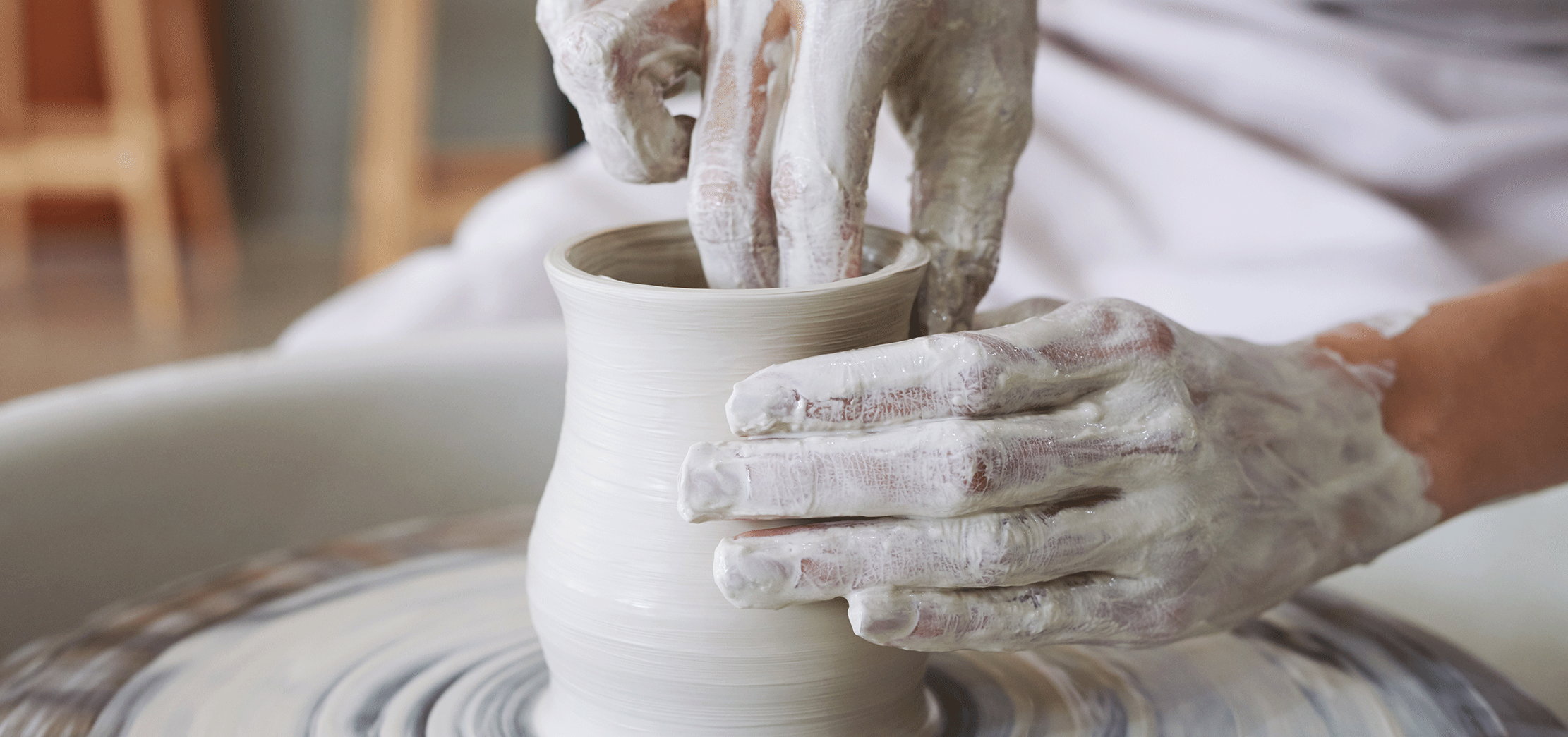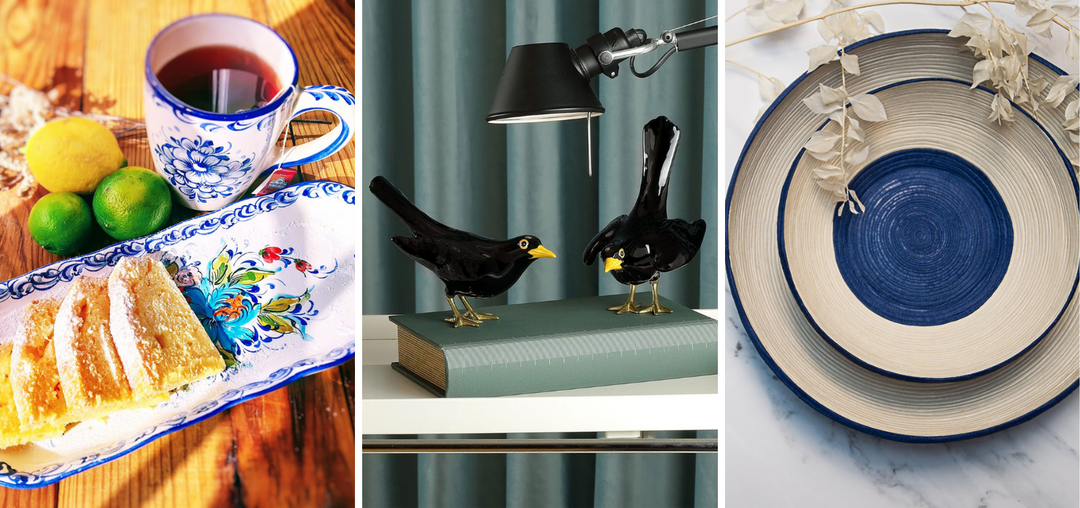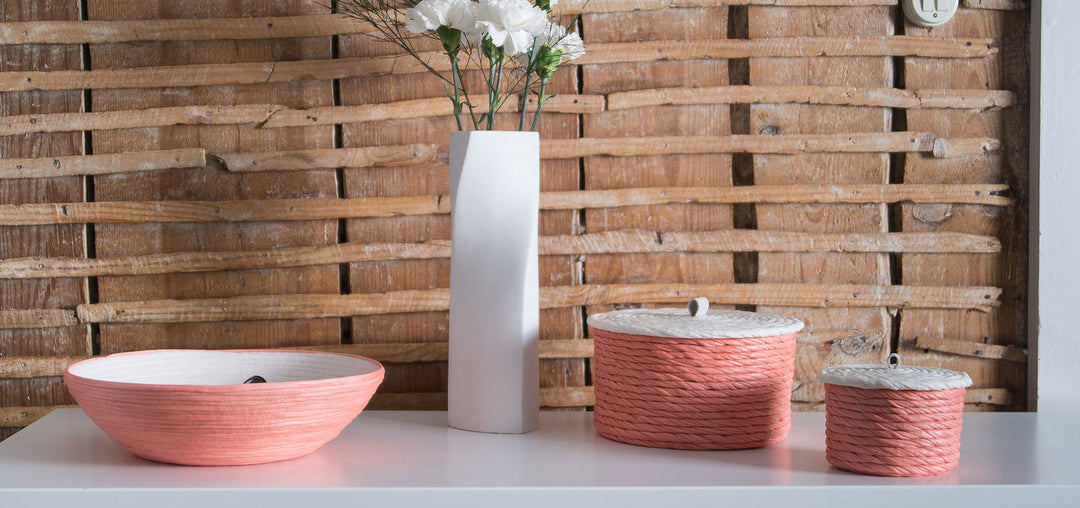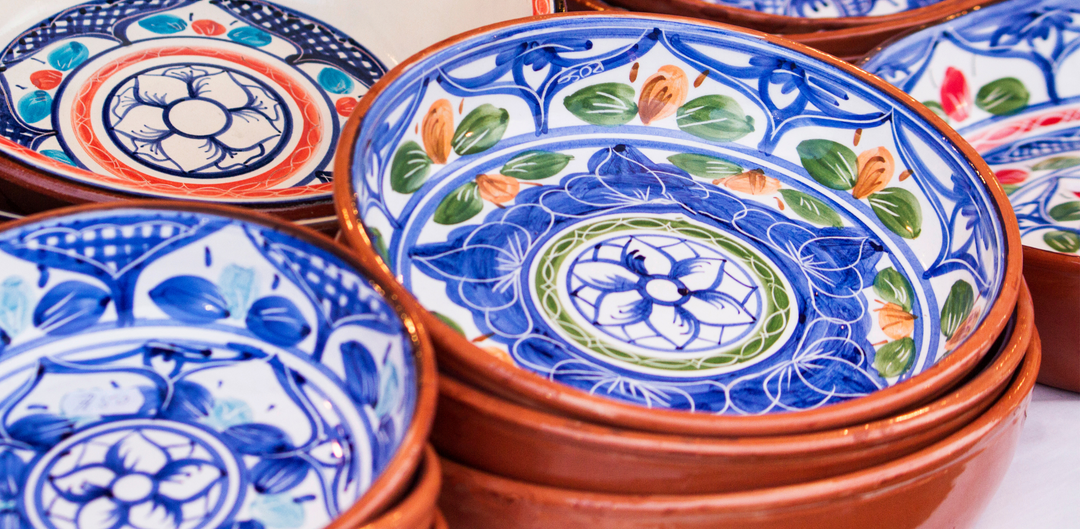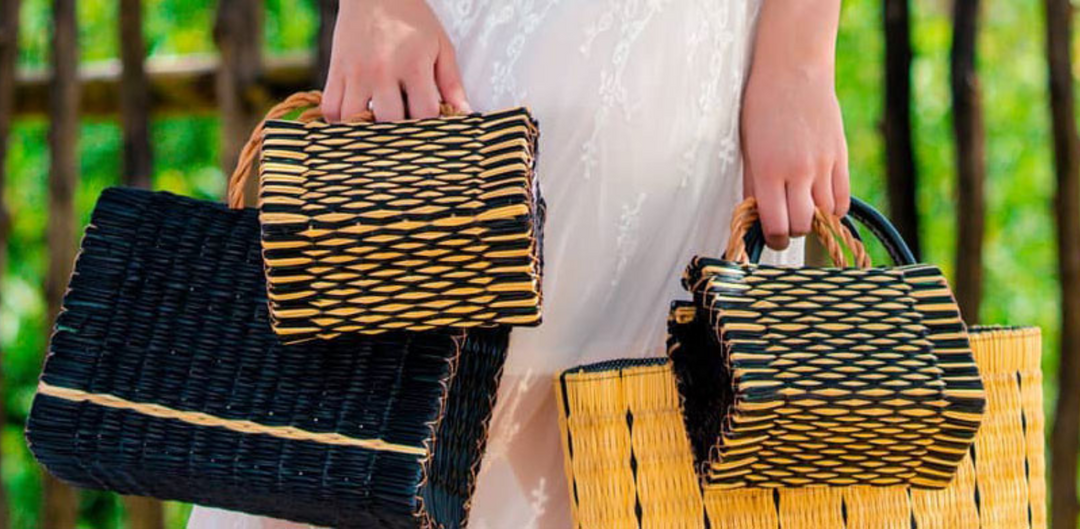Caring for Your Clay Pottery: Essential Tips and Techniques

Congratulations on your beautiful clay pottery! To ensure its longevity and preserve its natural charm, it's important to follow proper care instructions. In this blog post, we'll guide you through essential tips and techniques to maintain your clay pots, pans, pitchers, mugs, and bowls, keeping them in pristine condition for years to come.
Seasoning Your Clay Pottery:
Before using your new clay pottery for the first time, it's crucial to season it. This process involves soaking the pottery in water for a few hours or overnight. This allows the clay to absorb moisture, making it less likely to crack during subsequent use. Once seasoned, dry the pottery thoroughly before proceeding.
Handwashing Only:
To safeguard your clay pottery, always wash it by hand. Avoid using harsh detergents or abrasive scrubbers, as they can damage the surface and remove the natural patina. Instead, use a mild dish soap and a soft sponge or cloth to gently clean the pottery. Rinse thoroughly with warm water and dry it completely before storage.
Handling with Care:
Clay pottery can be fragile, so handle it with caution. Avoid sudden temperature changes, as extreme shifts can cause cracks or breakage. Allow the pottery to come to room temperature before placing it in hot ovens. When stacking or storing multiple pieces, use protective padding or cloth between them to prevent scratching.
Stovetop and Oven Usage:
Certain clay pottery, like pots and pans, may be suitable for stovetop and oven use. Always use low to medium heat and gradually preheat the pottery to minimize the risk of thermal shock.
Avoid Freezer Usage:
Clay pottery is not recommended for freezer use. The porous nature of the clay can cause moisture absorption, leading to cracks or damage when subjected to freezing temperatures. Transfer food or beverages to a different container before storing them in the freezer.
Stain Prevention:
To maintain the appearance of your clay pottery, be mindful of staining agents. Acidic foods, like citrus fruits or tomato-based sauces, can potentially discolor the pottery. Consider using protective liners or sealers for specific applications. Regular cleaning and prompt removal of stains can also help prevent long-term discoloration.
Conclusion:
With proper care and attention, your clay pottery will continue to bring joy and functionality to your everyday life. Season it before use, handwash with care, handle gently, and be mindful of temperature changes. Follow the guidelines for stovetop and oven use, and avoid freezer storage. By incorporating these care instructions into your routine, you'll enjoy the beauty and functionality of your clay pottery for years to come.





